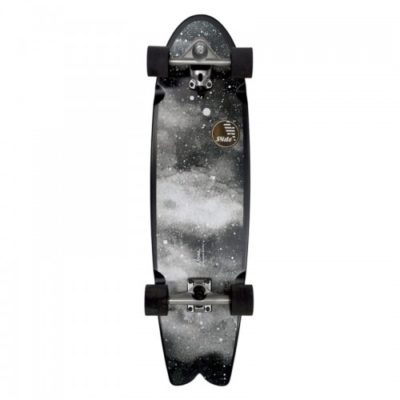Description
Hardshell helmets are constructed from ABS or PP plastic. This outer shell gets bonded to the EPS core for a two-piece construction that provides high durability and ultimate high-impact protection.
Our Tuned Fit System allows a rider to dial in their fit using different thickness pads on the interior of the helmet. Our helmets always come with two sizes of pads. Each size comes in a different color which makes it easy to determine the right pads to fit the helmet to the head. It is very important to adjust the helmet with these included pads. For example, if necessary, the slightly thicker pads can be mounted on the back of the head and the pad for the front of the head can be thinner, or vice versa.
A helmet can only protect what it covers. Our Low Fit design sits low and fully protects the entire back and sides of your head without impairing field of vision or restricting movement.
Channels between the EPS foam segments in our FlexTech instant fit helmets allow heat to rise and are then pulled out of the shell.
The Hardshell Ear Coverage brings full protection down to the ears. Your choice when doing faster skiing and freeriding. Or when you like the classic ear protection styling from the early 80ies.
Premium heat-sealed padding that is pre-formed and quick-drying: Removable and machine (hand) washable.
Heeft u hulp nodig bij uw aankoop? Neem dan gerust contact met ons op
+3170 201 5153
info@noordzeeboardstore.nl
Contact formulier





